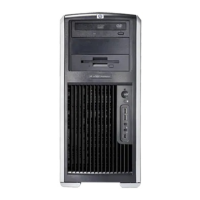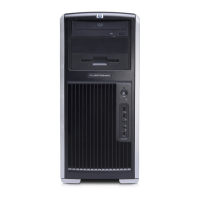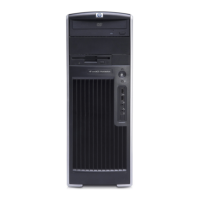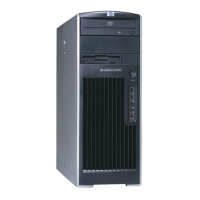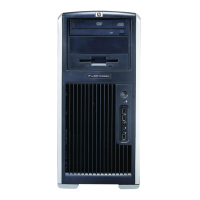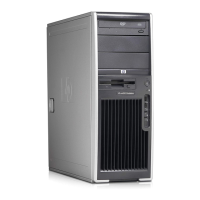To wire the audio subsystem:
1 Ensure that all of your workstation peripherals and video hardware
components are properly connected. If necessary, refer to Connecting
Peripherals on page 19 and Setting Up Video Hardware on page 27.
2 Verify that you have all the required audio hardware components. See
Audio Hardware Components on page 40.
3 Determine whether you want to control the Lucid converter remotely or
locally. This affects the way you wire the audio hardware. See
Understanding Remote vs. Local Control of the Lucid Converter on page
41.
4 Connect your audio hardware devices. To avoid system instability, make
sure you connect your audio hardware as illustrated for your
configuration. See Audio Wiring on page 41.
5 Configure the Lucid converter for remote or local control. See Configuring
the Lucid ADA 88192 Converter on page 43.
6 Set the appropriate keywords in the software initialisation file. See Audio
Keywords in the Software Initialisation Configuration File on page 46.
Audio Hardware Components
Discreet Native Audio uses the following hardware components, shipped with
your system.
Lucid Converter ADA 88192 Converts signals between the workstation and
all digital or analog audio I/O devices.
AJA Balanced Audio breakout box and AJA OEM-2K board The Balanced
Audio breakout box is the audio component of the AJA breakout box. It
provides connections for audio I/O. This breakout box connects to the AJA
OEM-2K board on your workstation. The OEM-2K board provides real-time
input and output of uncompressed SD and HD video signals as well as audio
data at 24-bit resolution. The OEM-2K board handles balanced AES/EBU audio
signals from the Balanced Audio breakout box. The OEM-2K board supports
embedded audio up to 8 track.
40 | Chapter 5 Setting Up Audio Hardware
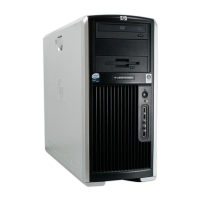
